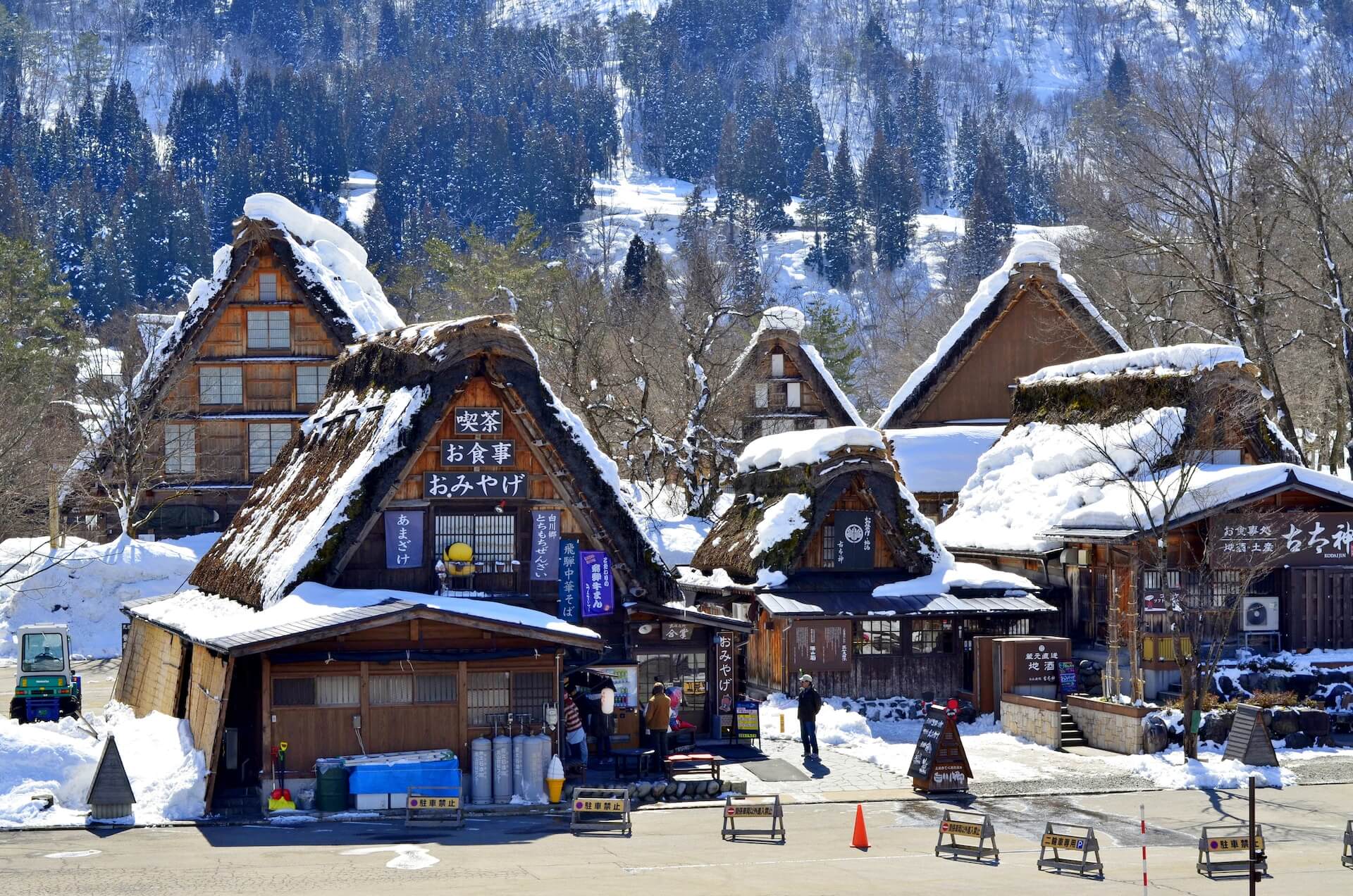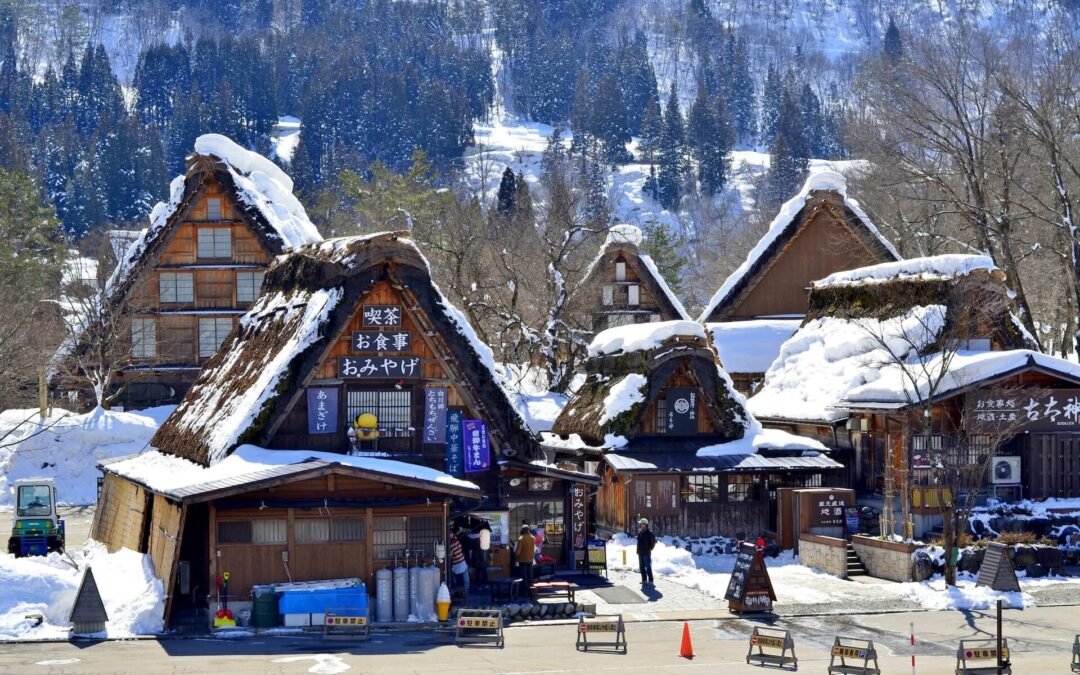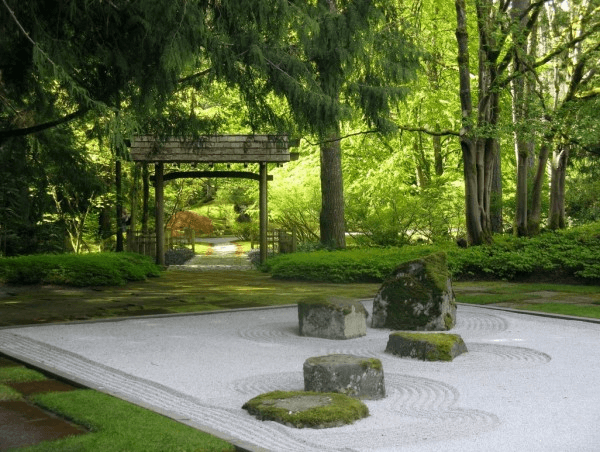In the heart of Japan, where space is often limited, a unique architectural approach has given rise to small houses that exemplify minimalism, functionality, and aesthetic beauty. These compact dwellings are not only a response to spatial constraints but also a testament to the Japanese culture’s deep-rooted values of simplicity and harmony. In this exploration, we will venture into the realm of small Japanese house, illuminating their design principles, materials, and construction techniques that have captured the attention of the architectural community.
Design Principles of Small Japanese Houses
Utilization of Space
Small Japanese houses are masterpieces of space utilization. Open floor plans, sliding doors (fusuma), and multi-purpose furniture are employed to create adaptable spaces that seamlessly transition from one function to another.

Natural Light and Ventilation
Ample natural light is a hallmark of these houses. Large windows, skylights (okoshi), and strategically placed openings allow sunlight to flood interiors, creating a sense of openness. Cross-ventilation is also prioritized to ensure a comfortable living environment.
Integration with Nature
Japanese houses often incorporate elements of nature. Gardens (tsuboniwa) are meticulously designed to be viewed from multiple angles, blurring the boundaries between indoors and outdoors. This connection with nature promotes tranquility and balance.
Materials Used in Construction
Wood
Traditional Japanese houses are primarily constructed using wood, with a focus on sustainable and locally sourced materials. Japanese cypress (hinoki) is revered for its durability, fragrance, and resistance to decay, making it a popular choice for structural elements.
Paper and Fabric
Paper screens (shoji) and fabric dividers (noren) play a crucial role in Japanese house design. They allow for the diffusion of soft, diffused light while maintaining privacy. These materials are lightweight and contribute to the overall flexibility of space.
Earthen Materials
Natural materials like earth, clay, and straw are used for insulation and wall construction. Cob walls (tsuchikabe) offer excellent thermal regulation, ensuring comfortable temperatures throughout the year.
Construction Techniques
Post-and-Beam Construction
Japanese houses often employ a post-and-beam system, where vertical columns (hashira) and horizontal beams (nuki) create a structural framework. This approach allows for open interiors and flexible layouts.
Joinery
Traditional Japanese joinery techniques, such as mortise and tenon joints, are used to assemble the wooden components. These techniques provide strength and stability without relying on nails or screws.
Earthquake Resistance
Due to Japan’s seismic activity, houses are designed with earthquake-resistant features. Techniques like interlocking wooden brackets (kigoroshi) and flexible joints help absorb and distribute seismic forces.
Small Japanese houses stand as remarkable examples of architectural ingenuity and cultural values intertwined. Their design principles, utilization of space, and harmonious blend with nature have inspired architects and homeowners worldwide. By embracing a design philosophy that champions simplicity, functionality, and beauty, these houses offer a timeless lesson in how thoughtful design can elevate the everyday living experience, even within the confines of limited space.
This post contains affiliate links, which means we may receive a small commission, at no additional cost to you, if you make a purchase through these links.
Photo by Laurentiu Morariu on Unsplash
More Reads














